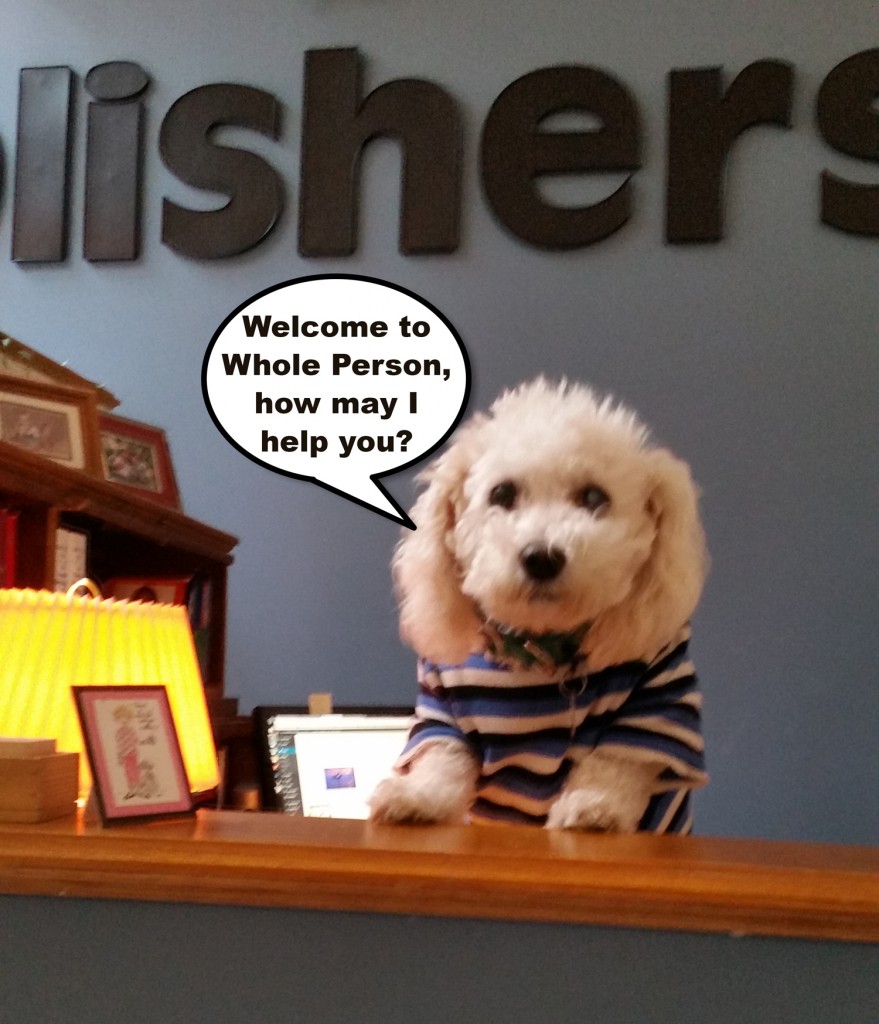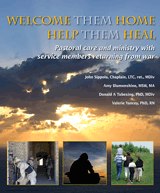Saturday, November 11 is Veteran’s Day. As we pause in our busy schedules to thank those who have served our country, we must remember that many returning from deployment come back suffering from Post-Traumatic Stress Disorder or PTSD. Let’s take a few moments to review our understanding of this often devastating condition. The following information was excerpted from Veterans: Surviving and Thriving after Trauma by Ester R.A. Leutenberg & Carol Butler, MS Ed, RN, C.

By DVIDSHUB [CC BY 2.0], via Wikimedia Commons
- Anxiety, the fight or flight reaction, freezing with fear, being jumpy and watchful
- Sadness or depression, crying, lack of interest or enjoyment, self-isolation, fatigue
- Guilt and shame: The serviceperson feels they could have done more; they feel guilty because they survived when others did not
- Irritable and angry about being treated unfairly, low levels of patience, overreacting
- Behavior changes, increased substance use, reckless driving, self-neglect
Symptoms of PTSD for the person who experienced or witnessed an event involving actual or threatened death or serious injury and responded with intense fear, helplessness or horror, include the following:
- Re-experiencing or reliving the event with the same terror, images, thoughts, perceptions; dissociative flashbacks, nightmares, illusions, hallucinations
- Intense psychological distress reaction to triggers which are internal or external cues that resemble an aspect of the trauma
- Avoiding reminders – people, places, things such as crowds, cars if their convoy was attacked, fireworks, keeping too busy, and not addressing related thoughts and feelings, and not talking about traumatic experiences
- Numbness, feeling shut-down, detached or estranged from others, not feeling affection or joy, inability to recall aspects of the trauma, diminished interest in formerly significant activities, harboring a sense of foreshortened future, not expecting a normal life-span
- Hyper-arousal, easily startled, poor sleep patterns; irritability or anger outbursts, hyper-vigilance, (on guard)
- Feeling lost, alone, distrustful, awkward, and afraid most of the time
Veterans are at greater risk if they had earlier trauma such as child abuse, mental illness, a family history of emotional problems, poor support system, limited education, or other recent life changes.
PTSD often leads to self-medicating through substance abuse, employment and relationship problems, hopelessness, depression, despair, shame, aggression and suicidal ideation.
People may not seek help due to the perceived stigma of mental illness, long waits for treatment, denial, or cultural factors such as being stoic versus false a perception of weakness if asking for help.
When family members suggest getting help veterans are urged to follow through to respect their loved one’s concerns.
Denial is a common response yet tough people suffer symptoms, not always combat-related. Victims of abuse, accidents, and natural disasters are at also at risk.
Physical reactions may involve chronic pain, heart palpitations, trouble breathing, profuse perspiring, stomach upsets, and other bodily reactions to anything that reminds the person of the stressful military experience.
How do we open a discussion with a Veteran about the possibility that they may be experiencing PTSD? The following are tips from the U.S. Department of Veterans Affairs, and were retrieved on Nov. 7 from https://www.mirecc.va.gov/coaching/tips-for-family-friends.asp.
- Be respectful and calm during conversations.
- Be patient ‒ it usually takes more than one conversation before most people accept the idea of seeking care.
- Don’t argue or attempt to talk a Veteran out of their feelings, thoughts, and/or emotions
- Allow the Veteran in your life to decide whether or not they want to talk about what they have experienced or what they are currently dealing with. If they don’t, that’s okay. Let them know the door is always open and you’re willing to listenwithout offering advice or suggestions.
- Do not take the Veteran’s social withdrawal or isolation personally. Be willing to invite them and accept that they may not want to participate. Let them know they are welcome to change their mind.
- Avoid giving advice unless the Veteran specifically asks for it.
- Minimize distraction during conversations with the Veteran by turning off phones, TV, radio, etc. Be willing to limit conversations to 10 to 20 minutes at a time, if necessary. Think small steps.

Joseph Ambrose, an 86-year-old World War I veteran, attends the dedication day parade for the Vietnam Veterans Memorial. He is holding the flag that covered the casket of his son, who was killed in the Korean War.
Help your Veteran to feel more comfortable and be aware of potential triggers that may aggravate a Veteran’s heightened alertness, such as loud noises on TV, fireworks, a car back-firing, etc.
- Remind yourself that it’s not about you. Be patient when a Veteran is struggling with feelings, emotions, stress, and so on.
- Talk about your feelings and encourage the Veteran to share their feelings about what is going on without forcing the issue.
- Validate the Veteran’s feelings if they are willing to share them by simply listening, rather than offering advice.
- Try to build in some enjoyable activities with the Veteran in your life on a regular basis.
- Encourage sticking to schedules and routines.
- Don’t force a Veteran into social outings. If they agree to go, plan ahead in case they feel uncomfortable and want to leave.
The U. S. Department of Veterans Affairs also reminds caregivers to take care of themselves. You can’t help your Veteran if you are exhausted.
- Engage in activities you enjoy that help you tolerate or decrease stress.
- Educate yourself about mental health problems.
- Consider getting your own counseling and mental health support.
- Join a support group or talk to others who are struggling with similar issues.
Thank you to all of those who have served our country in the military: The Marines, Coast Guard, Army, Air Force, Navy, and National Guard. Whether a deployed soldier in Afghanistan or a helper in a flood in Texas or a fire fighter in the West, we owe our appreciation, support, and understanding.


